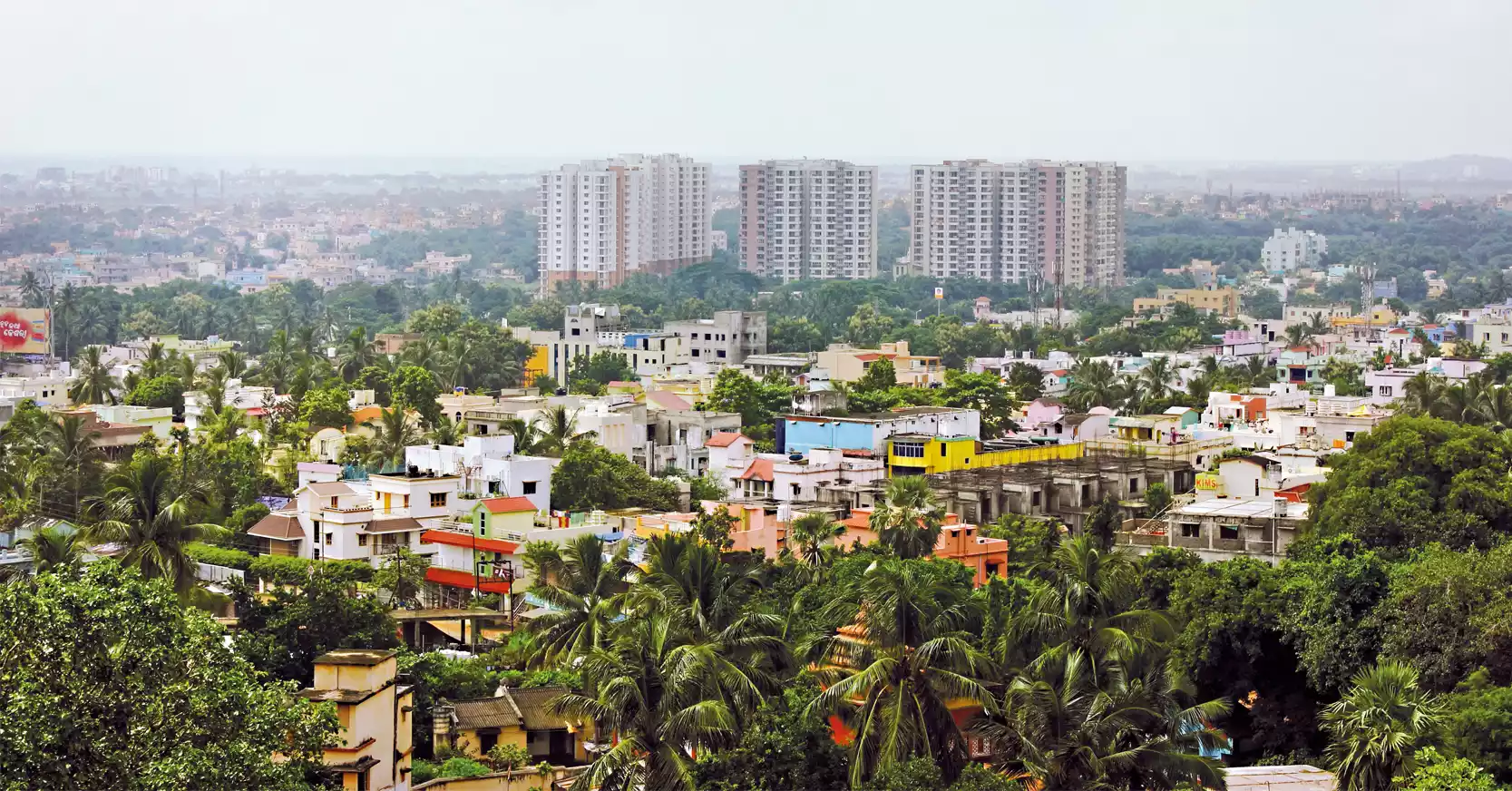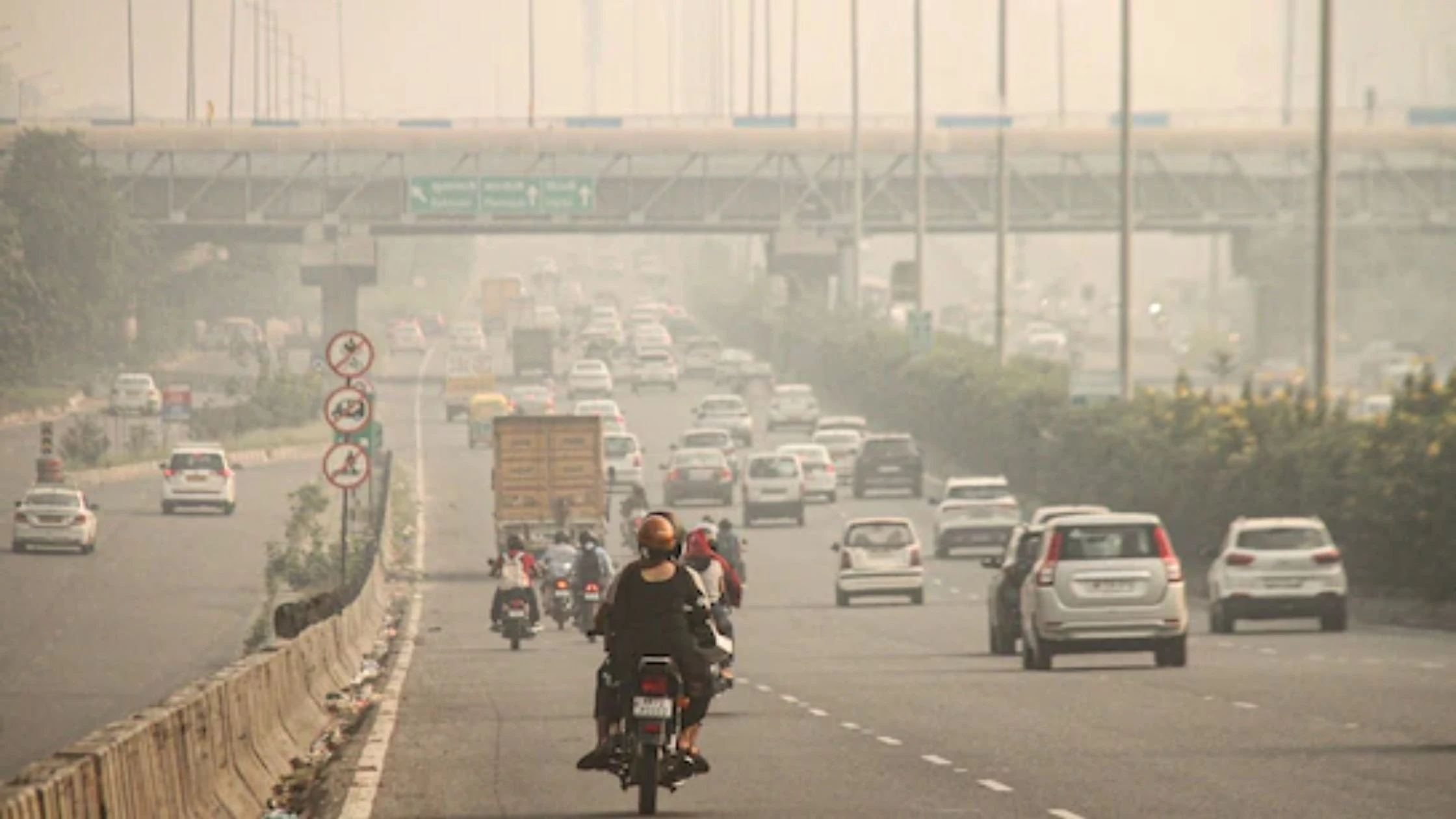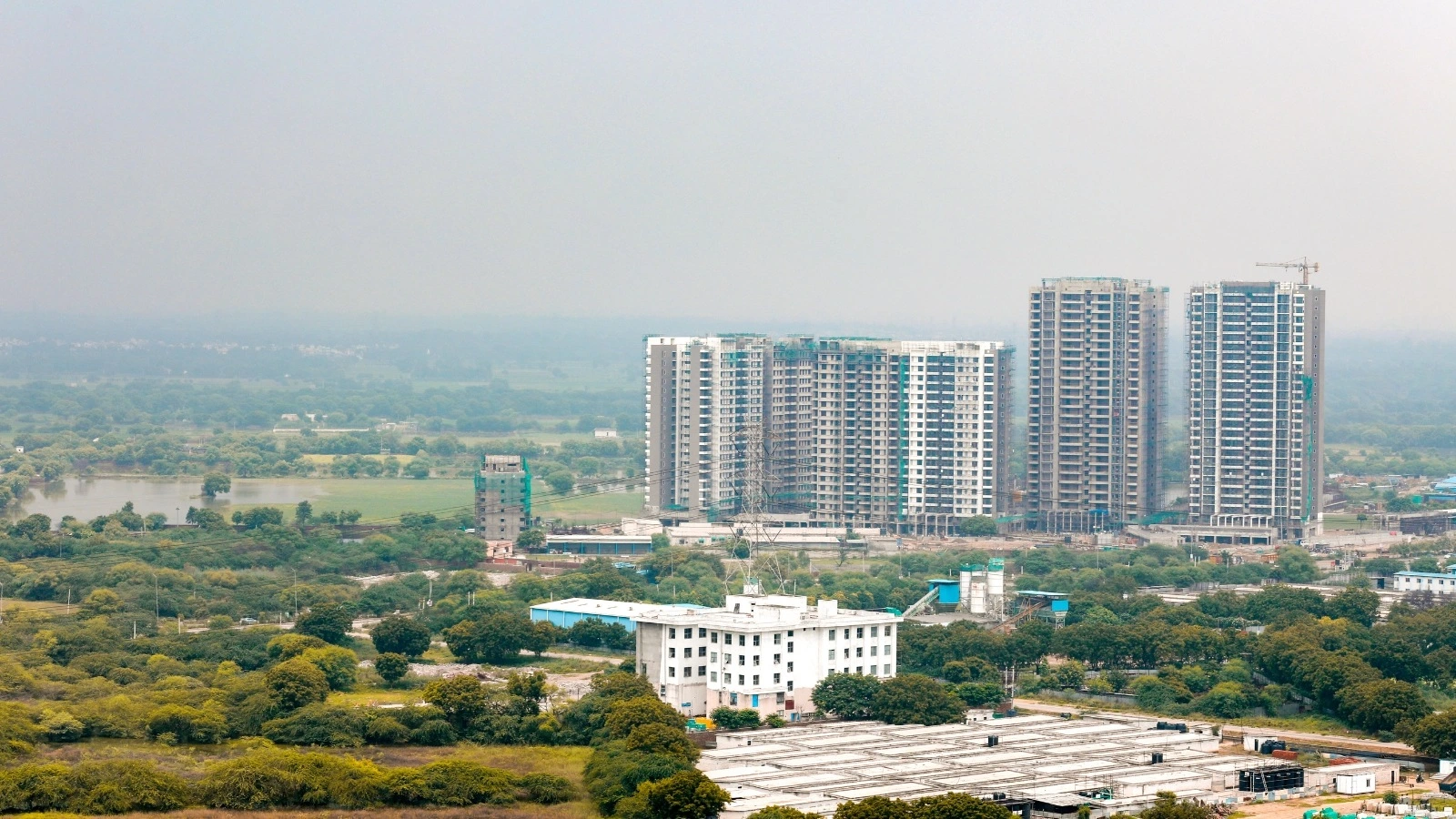Table of Content
India’s residential real estate market continued its upward momentum through the third quarter of 2025, recording solid price gains across major cities. According to PropTiger.com’s Real Insight Residential: July–September 2025 report, property prices in Q3 2025 rose between 7% and 19% across the top eight metropolitan markets.
Leading this growth were Delhi NCR, which saw a remarkable 19% year-on-year (YoY) price jump, and Bengaluru, which followed closely with 15% YoY growth. This consistent appreciation reflects the ongoing preference for premium homes, robust end-user demand, and developers’ strategic focus on high-value projects.
Delhi NCR and Bengaluru Lead India’s Price Surge
Among India’s leading metros, Delhi NCR emerged as the top performer in Q3 2025, witnessing a 19% annual increase in housing prices. The weighted average rate of homes in the region climbed from ₹7,479 per sq. ft. in Q3 2024 to ₹8,900 per sq. ft. in Q3 2025.
This price surge has been attributed to rising demand for luxury housing, infrastructure upgrades such as expressway connectivity, and strong absorption across Gurugram and Noida.
Bengaluru followed closely, reporting a 15% YoY and 12.6% quarter-on-quarter (QoQ) rise in property values. The average rate rose from ₹7,713 per sq. ft. in Q3 2024 to ₹8,870 per sq. ft. in Q3 2025.
The growth in Bengaluru’s market reflects heightened buyer interest from IT professionals, increasing demand for gated communities, and new luxury project launches across Whitefield, Sarjapur Road, and North Bengaluru.
Also Read: Delhi Circle Rate Revision 2025: Experts Suggest ‘A+’ Category for Luxury Zones
Steady Appreciation Across Other Metros
While Delhi NCR and Bengaluru led the charge, other metros too displayed healthy appreciation. Hyderabad, Pune, Chennai, MMR (Mumbai Metropolitan Region), and Kolkata witnessed single-digit yet steady gains, indicating broad-based confidence among buyers and developers alike.
- Hyderabad: Prices rose 13% YoY to ₹7,750 per sq. ft., driven by continued interest from tech professionals and robust employment growth.
- Pune: Registered 9% YoY growth, supported by sustained demand in Hinjewadi and Kharadi.
- Chennai: Posted 9% YoY growth due to strong end-user activity and infrastructure expansion in southern corridors.
- MMR: Saw 7% YoY rise, with demand concentrated in Thane and Navi Mumbai.
- Kolkata: Recorded 8% YoY increase, reflecting gradual recovery and buyer optimism.
This widespread price rise across all major metros reinforces the fact that property prices in Q3 2025 were not limited to select luxury pockets but rather mirrored a nationwide housing upcycle.
Home Sales and New Launch Trends
The report noted that overall housing sales across the top eight markets remained stable, even with a slight dip in volume. Around 95,547 housing units were sold during the July–September 2025 period, marking a 1% year-on-year decline.
However, the total value of properties sold surged by 14% YoY, reaching ₹1.52 lakh crore, a clear indication that the market is shifting toward premium and luxury segments rather than affordable housing.
New supply remained broadly stable, with 91,807 units launched during the quarter a marginal 0.1% annual decline but a 9.1% QoQ increase. This indicates that developers are cautiously optimistic, releasing inventory aligned with genuine market demand rather than speculative launches.
Developers Shift Focus Toward Premium and Luxury Homes
One of the defining trends behind the rise in property prices in Q3 2025 has been the continued premiumization of India’s housing market. Developers are prioritizing projects with larger unit sizes, better amenities, and prime locations to cater to a growing base of affluent homebuyers.
Strong employment recovery, increasing disposable incomes, and improved urban infrastructure have strengthened buyer confidence. Moreover, stable interest rates and limited ready-to-move inventory are encouraging investors to look at under-construction premium projects as a viable asset class.
As a result, developers are emphasizing fewer but high-value launches, offering products that align with changing lifestyle preferences from green-certified buildings to smart home-integrated apartments.
Regional Distribution of New Supply
In Q3 2025, the concentration of new housing supply remained skewed toward western and southern India.
- MMR accounted for the largest share with 26.9% of total new launches.
- Pune contributed 18.7%, followed by Hyderabad at 13.6%.
Collectively, these three cities represented nearly 60% of the total new inventory added during the quarter. The dominance of these markets reflects both developer preference for stable, high-demand regions and the role of infrastructure projects such as new metro lines, ring roads, and expressways that are improving last-mile connectivity.
Also Read: Uttar Pradesh Govt Allows Noida Authority’s Nod for Extra FAR in Sector 107 Project
How the Broader Market Is Evolving
According to PropTiger’s report, the top eight cities, Ahmedabad, Bengaluru, Chennai, Hyderabad, Kolkata, NCR, MMR, and Pune, remain the backbone of India’s housing ecosystem.
Despite global economic uncertainties, property prices in Q3 2025 underscore the resilience and maturity of India’s real estate market. Developers have become more disciplined with supply, and buyers are showing a preference for quality projects with reliable delivery records.
The overall market narrative suggests a shift from speculative buying toward end-user-driven growth, supported by regulatory stability, improving transparency, and increased participation from institutional investors.
Conclusion
The sustained rise in property prices in Q3 2025 reflects more than just a temporary upswing it marks a fundamental transformation in India’s housing sector. As developers pivot to premium and luxury projects and buyers focus on long-term value, the sector is evolving into a more balanced and quality-driven market.
For homebuyers, this means higher entry costs but stronger appreciation potential. For investors, it reaffirms that Indian real estate continues to be a resilient, inflation-hedged asset class with consistent returns.
Ultimately, property prices in Q3 2025 reaffirm India’s real estate market as one of the most robust in the region underpinned by real demand, economic growth, and evolving buyer aspirations.








Ans 1. According to PropTiger.com’s Real Insight Residential Q3 2025 report, property prices rose between 7% and 19% across India’s top eight metropolitan cities compared to the same period last year.
Ans 2. Delhi NCR led the surge with a 19% year-on-year increase, driven by rising luxury housing demand and strong infrastructure growth in Gurugram and Noida.
Ans 3. Bengaluru recorded a 15% annual rise in housing prices, supported by strong IT-sector demand, new luxury project launches, and increasing preference for gated communities.
Ans 4. The average property price in Delhi NCR reached ₹8,900 per sq. ft., while Bengaluru’s average rate stood at ₹8,870 per sq. ft. in Q3 2025.
Ans 5. Cities like Hyderabad (13%), Pune (9%), Chennai (9%), MMR (7%), and Kolkata (8%) also witnessed steady price appreciation, indicating broad-based housing demand.
Ans 6. Around 95,547 housing units were sold during July–September 2025 a slight 1% decline from last year, though the total sales value increased by 14%, signaling a shift toward premium housing.
Ans 7. The surge is driven by strong end-user demand, premiumization of housing projects, limited ready inventory, and developers focusing on luxury and high-quality construction.
Ans 8. New launches stood at 91,807 units, showing a 0.1% annual decline but a 9.1% quarter-on-quarter rise, indicating cautious optimism among developers.
Ans 9. MMR (26.9%), Pune (18.7%), and Hyderabad (13.6%) accounted for nearly 60% of new launches, reflecting strong regional housing momentum.
Ans 10. The consistent appreciation suggests that India’s housing market is entering a stable, demand-driven growth phase, with greater focus on premium projects, transparency, and long-term value creation.